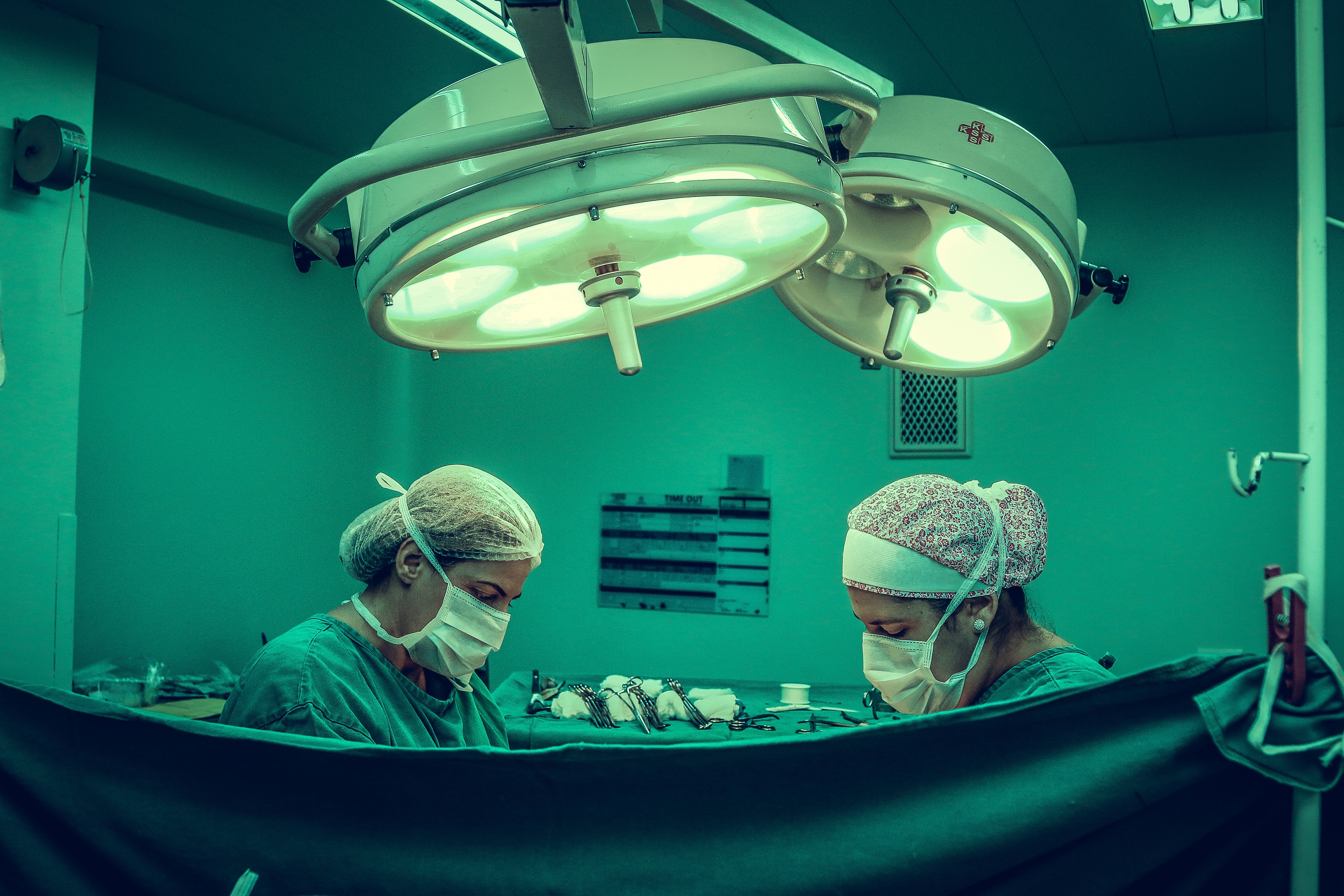Article
HCC Reoccurs in 1 of 7 Following Liver Transplantation
Author(s):
Only 5 individuals of 195 who received liver transplantation had HCC reoccur more than 3 years following surgery.

While rare, delayed recurrence of hepatocellular carcinoma (HCC) still can occur several years following liver transplantation.
A team, led by TH Wong, Department of School of Medicine, College of Medicine, National Taiwan University, identified the clinical characteristics, risk factor profiles, and post-recurrence survival in patients with HCC recurrence more than 3 years following liver transplantation.
HCC Recurrence
Currently, HCC is the third leading cause of cancer mortality globally, while liver transplant is the definite curative treatment option. But 15-20% of liver transplant recipients experience HCC recurrence, even within the more stringent Milan criteria. This mostly occurs within 2 years.
In addition, delayed HCC recurrence following post-transplant 3 years is not commonly observed.
In the study, the investigators examined patients with HCC recurrence more than 3 years following liver transplantation between February 1999 and December 2020 at a tertiary university hospital.
The investigators retrospectively reviewed charts for underlying medical history, HCC status, treatment, and courses.
The Patients
Of the 195 patients who received liver transplantation for HCC, 34 were diagnosed with post-transplant recurrence and 5 cases occurred more than 3 years following the transplant. The longest interval was almost 18 years.
For the longer recurrence cases, the liver transplant surgeries were all performed when the patients were in their 50s. For this group, 3 were diagnosed with hepatitis B virus and 2 were diagnosed with hepatitis C virus, while all 5 were diagnosed with cirrhosis in the nontumor part of the liver.
Scores varied for the model for end-stage liver disease (MELD) between 10-20.
In addition, 3 patients received hepatectomy and ethanol infection treatment for HCC prior to the transplant, while macroscopic or microscopic vascular invasion in explants at the time of the liver transplant was noted in 2 patients.
The site of recurrences included liver (n = 3), bone (n = 3), and lung (n = 2). There was also extra-hepatic recurrence in 2 patients, intra-hepatic recurrence in 1 patient, and extra- and intra-hepatic recurrence in 2 patients.
Overall, 3 patients died in the first 1-2 years following recurrence.
“One-seventh of post-transplant HCC recurrence occurred more than 3 years after transplant in our series,” the authors wrote. “Though the sample size is too small to reach a definite conclusion, the short post-recurrence survival warrants further clinical investigation.”
Predicting HCC
A new model that utilizes 4 predicative factors can help with surveillance of patients with hepatitis C virus treated with direct-acting antivirals (DAA) who achieve sustained virologic response (SVR) for the risk of HCC.
The investigators analyzed 2209 patients who initiated direct-acting antiviral treatments at 24 hospitals in Japan. The patient population achieved sustained virologic responses but did not have a history of HCC.
The 4 factors (2 points were added for the FIB-4 index, and 1 point was added for each of the other 3 factors) were used in the prediction model.
Using a receiver operating characteristics curve analysis, the investigators identified a score of 2 as the optimal cut-off value for the prediction model (divided into 0-1 and 2-5). For the validation set, the sensitivity and negative predictive value for the occurrence of the disease were 87.5% and 99.7%, respectively at 2 years.
However, this dropped to 71.4% for sensitivity and 98.0% for negative predictive value at year 3.
The study, “Delayed recurrence of hepatocellular carcinoma after liver transplantation: case series,” was published online in Korean J Transplant.





